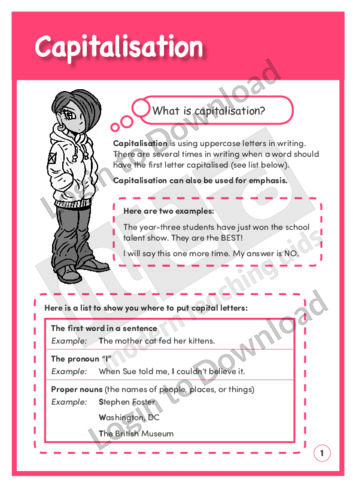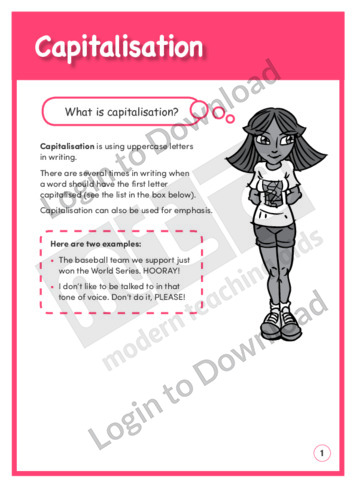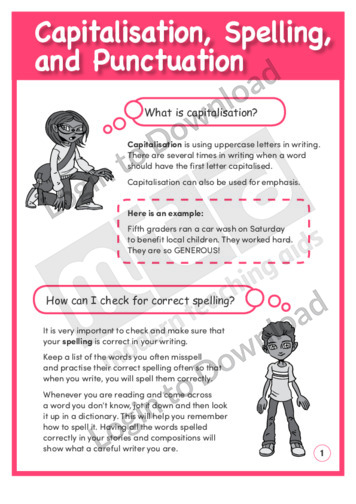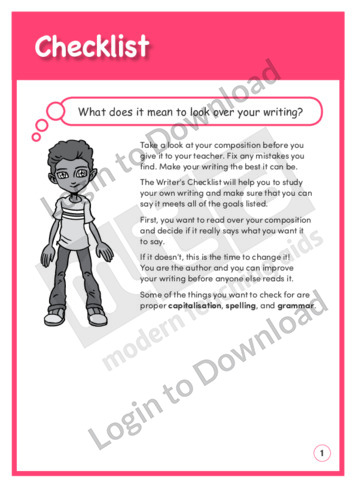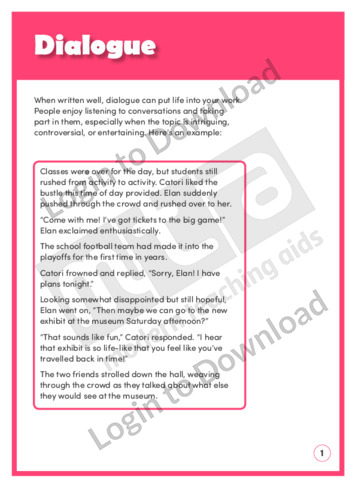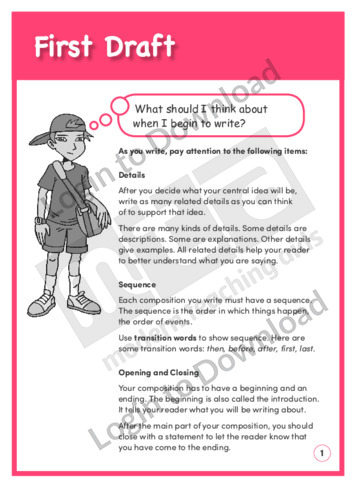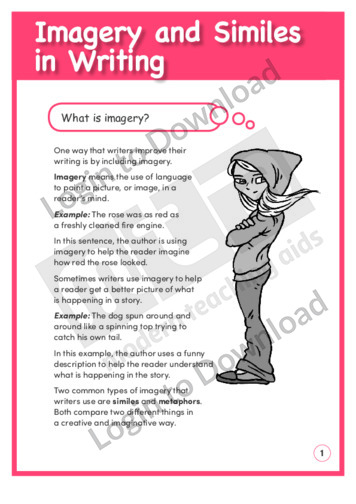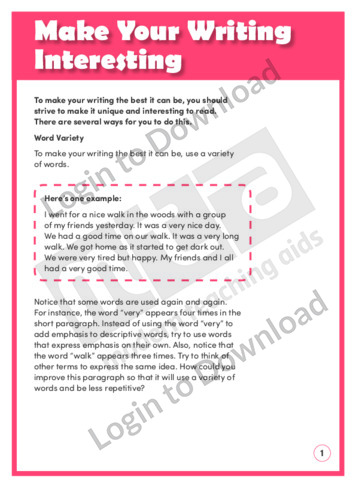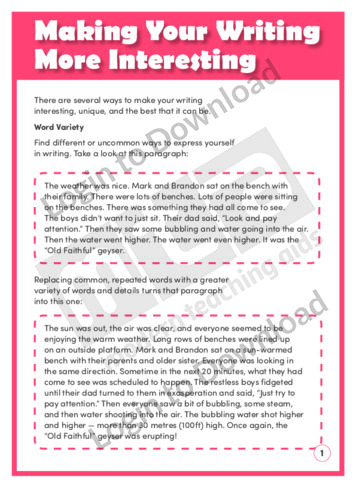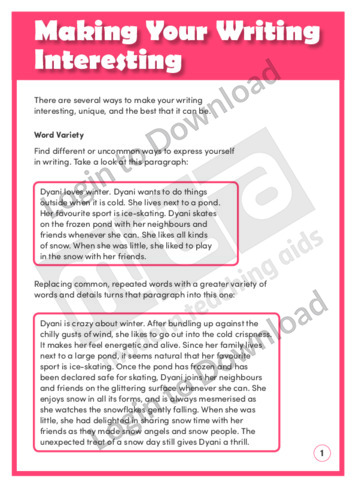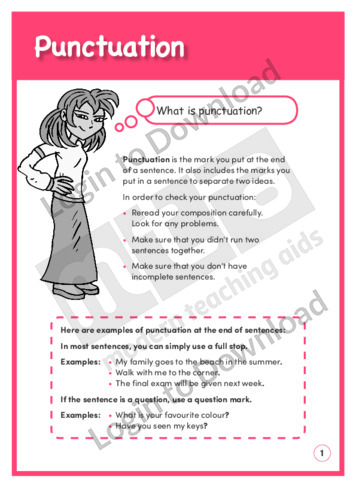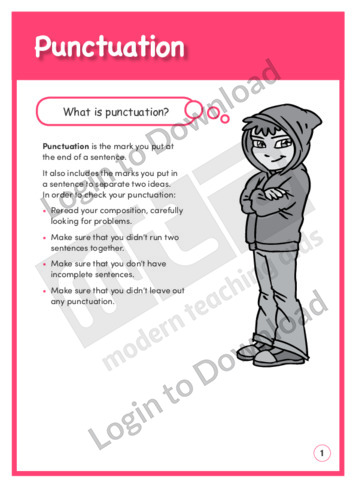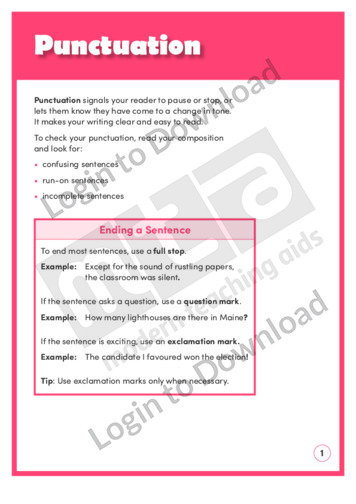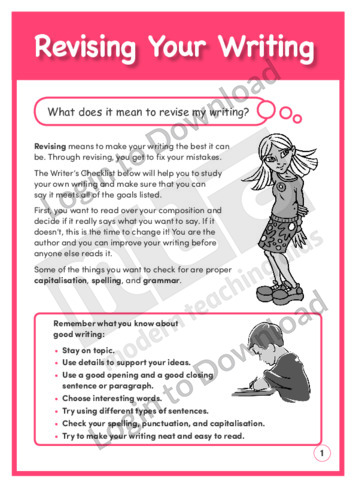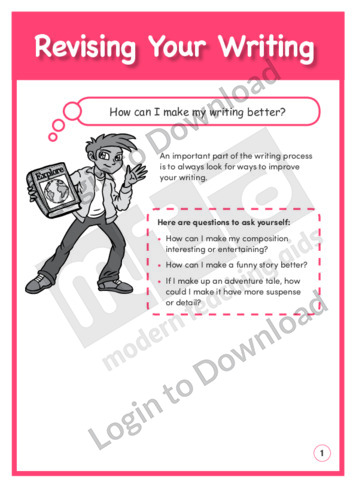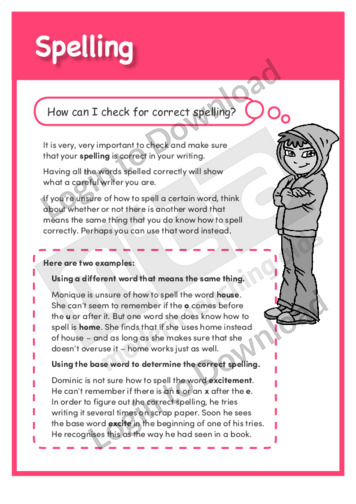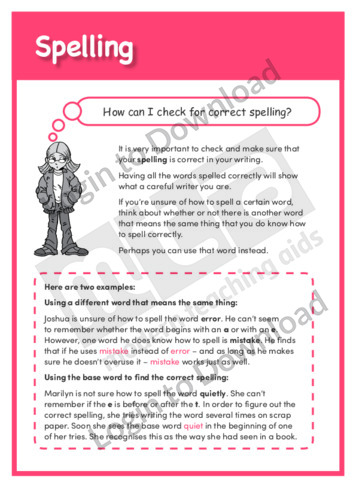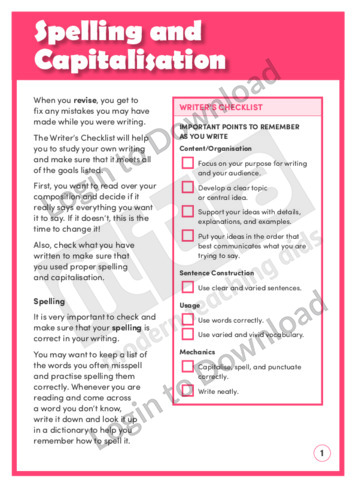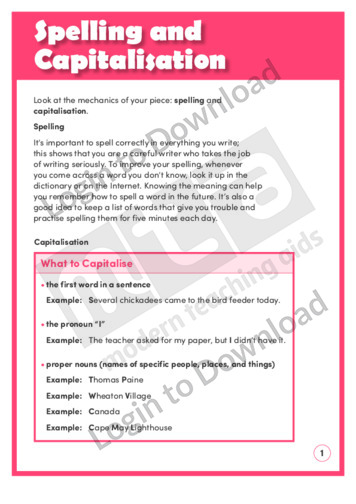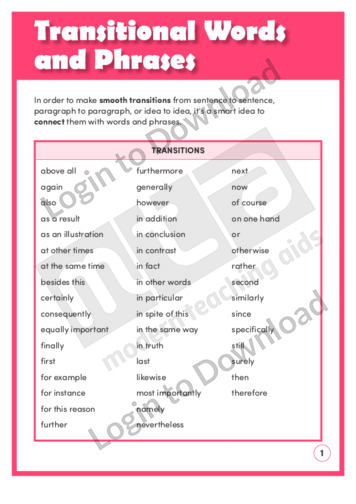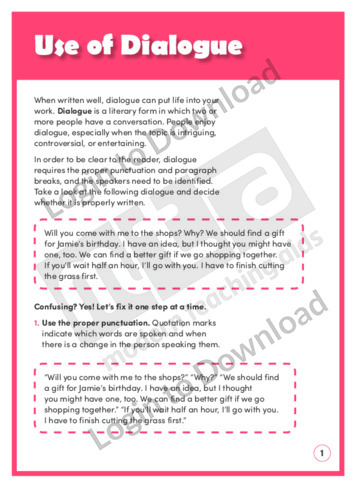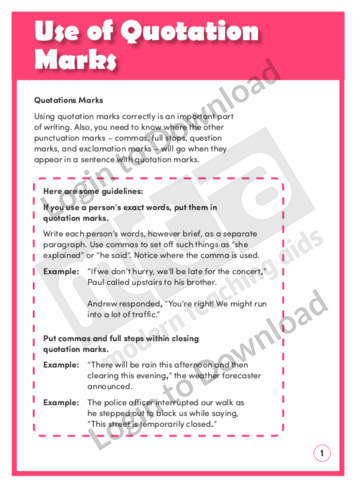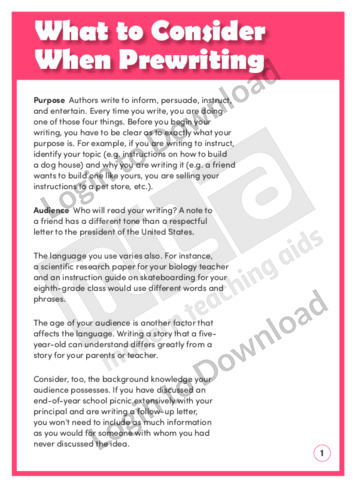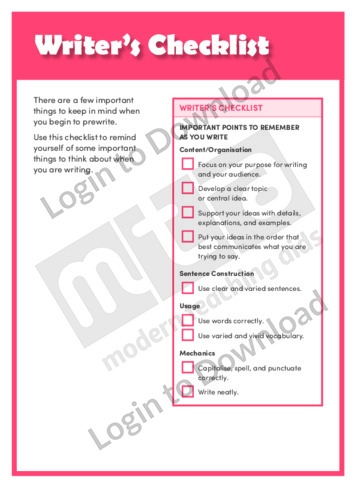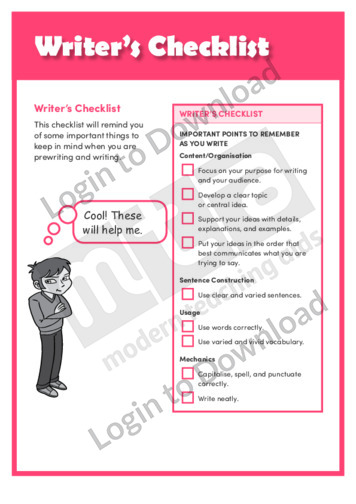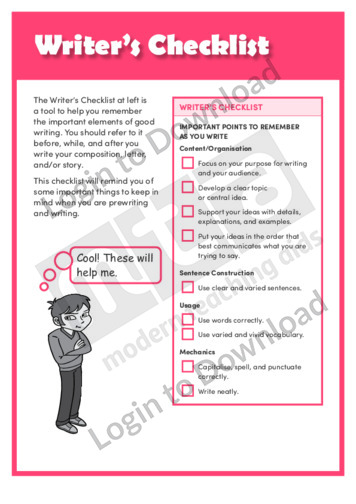This quick reference chart ‘Capitalisation’ explains how and when to use capital letters when writing. It introduces students to the mechanics of this area and includes a list of examples where capital letters should be used.
This quick reference chart ‘Capitalisation’ explains how to use capital letters in writing. It introduces students to the mechanics of this area and includes a list of examples where capital letters should be used.
This quick reference chart ‘Capitalisation, Spelling, and Punctuation’ explains how to correctly use these elements in writing and what to look for when you revise. It introduces students to the principles of writing mechanics and includes examples of how to use capital letters for emphasis, how to ‘best guess’ the spelling of unfamiliar words and …More
This quick reference chart ‘Checklist’ shows students what to look for when they revise their writing. It is aimed at encouraging students to review the content, organisation, sentence construction, usage and mechanics in their writing to make their composition the best it can be.
This writing task worksheet ‘Dialogue’ supports students to write a short dialogue between two people. It introduces students to the principles of this literary form, covering proper punctuation, paragraph breaks and speaker identification.
This writing task worksheet ‘Dialogue’ supports students to write a short dialogue between two people. It aims at encouraging students to use dialogue to put life into their work and provides space for students to practise this form.
This quick reference chart ‘Drafting’ gives students a list of what to look for when they write their first draft. It is aimed at encouraging students to plan the content and organisation of their composition before they start writing, by paying attention to the details, transitions, sequence, and the introduction and conclusion of their texts.
This quick reference chart ‘Figures of Speech and Similes’ explains how figures of speech improve writing and how to use similes. It is aimed at introducing students to the principles of imagery and has a practical section on similes to help students make their writing more interesting and engaging.
This quick reference chart ‘First Draft’ shows students how to plan and structure their writing, and to make sure it is interesting. It is aimed at encouraging students to pay attention to the details, sequence, opening and closing of their compositions, to use word variety to make their writing interesting and to best express opinions …More
This quick reference chart ‘Imagery and Similes in Writing’ explains how figures of speech improve writing and how to use similes. It is aimed at introducing students to the principles of imagery and has a practical section on similes to help students make their writing more interesting and engaging.
This quick reference chart ‘Make Your Writing Interesting’ shows word variety and detail-rich opinions and conclusions can improve their writing. It is aimed at encouraging students to avoid using repetitive words, sentences and phrases and to use word variety to make their writing interesting. It includes a practical example to illustrate this point. It also …More
This quick reference chart ‘Making Your Writing Interesting’ shows word variety and detail-rich opinions and conclusions can improve their writing. It is aimed at encouraging students to avoid using repetitive words, sentences and phrases and to use word variety to make their writing interesting. It includes a practical example to illustrate this point. It also …More
This quick reference chart ‘Making Your Writing Interesting’ shows word variety and detail-rich opinions and conclusions can improve their writing. It is aimed at encouraging students to avoid using repetitive words, sentences and phrases and to use word variety to make their writing interesting. It includes a practical example to illustrate this point. It also …More
This quick reference chart ‘Punctuation’ offers guidance on full stops, question marks, exclamation marks and commas. It introduces students to the mechanics of this area and includes a list of reference examples for correct usage.
This quick reference chart ‘Punctuation’ offers guidance on full stops, question marks, exclamation marks and commas. It introduces students to the mechanics of this area and includes a list of reference examples for correct usage.
This quick reference chart ‘Punctuation’ offers guidance on full stops, question marks, exclamation marks, commas and colons. It introduces students to the mechanics of punctuation and includes a list of reference examples for correct usage, as well as tips for revising punctuation.
This quick reference chart ‘Punctuation’ offers guidance on full stops, question marks, exclamation marks, commas, semicolons and colons. It introduces students to the mechanics of punctuation and includes a list of reference examples for correct usage, as well as tips for revising punctuation.
This quick reference chart ‘Punctuation Marks’ offers guidance on full stops, question marks, exclamation marks, commas and colons. It introduces students to the mechanics of punctuation and includes a list of reference examples for correct usage, as well as tips for revising punctuation.
This quick reference chart ‘Revising Your Writing’ shows students what to look for when they proofread their work. It is aimed at encouraging students to review the content, organisation, sentence construction, usage and mechanics in their writing and suggests questions they should ask themselves when revising their work.
This quick reference chart ‘Revising Your Writing’ shows students what to look for when they proofread their work. It is aimed at encouraging students as themselves questions about the content, organisation, sentence construction, usage and mechanics in their writing to make their composition the best it can be.
This quick reference chart ‘Revising Your Writing’ shows students what to look for when they proofread their work .It is aimed at encouraging students as themselves questions about the content, organisation, sentence construction, usage and mechanics in their writing to make their composition the best it can be.
This quick reference chart ‘Spelling’ helps students to spell words they may not be sure of when they are unable to look them up. It includes practical tips to avoid spelling mistakes, such as using a different word that means the same thing or using the base word to determine the correct spelling of an …More
This quick reference chart ‘Spelling’ helps students to spell words they may not be sure of when unable to look them up. It includes practical tips to avoid spelling mistakes, such as using a different word that means the same thing or using the base word to determine the correct spelling of an unfamiliar word.
This quick reference chart ‘Spelling and Capitalisation’ explains how to correctly use these elements in writing and what to look for when you revise. It introduces students to the principles of writing mechanics and how to build vocabulary and check for correct usage of capital letters. It also provides a checklist for good writing.
This quick reference chart ‘Spelling and Capitalisation’ explains how to correctly use these elements in writing and what to look for when you revise. It introduces students to the principles of writing mechanics and how to build vocabulary and check for correct usage of capital letters.
This quick reference chart ‘Transitional Words and Phrases’ gives students a list of words to vary sentences and keep writing interesting. It is aimed at encouraging students to make smooth transitions between sentences, paragraphs or ideas and provides a list of examples to help them do so.
This quick reference chart ‘Use of Dialogue’ supports students to correctly use direct speech in their writing. It aims at encouraging students to write dialogue, paying attention to correct punctuation, paragraph breaks and speaker identification.
This writing text worksheet ‘Use of Quotation Marks’ supports students to understand and use this form or punctuation. It introduces students to the principles of punctuation and includes guidelines for when to use quotation marks and how to punctuate different examples. It also provides space for students to practise using quotation marks.
This quick reference chart ‘What to Consider When Prewriting’ guides students to consider purpose, audience, style and form before they start writing. It is aimed at encouraging students to plan the content and organisation of their composition before writing their composition.
This quick reference chart ‘Writer’s Checklist’ gives students a list of what to look for when they revise their writing. It is aimed at encouraging students to review the content, organisation, sentence construction, usage and mechanics in their writing to make their composition the best it can be.
This quick reference chart ‘Writer’s Checklist’ gives students a list of what to look for when they revise their writing. It is aimed at encouraging students to review the content, organisation, sentence construction, usage and mechanics in their writing to make their composition the best it can be.
This quick reference chart ‘Writer’s Checklist’ gives students a list of what to look for when they revise their writing. It is aimed at encouraging students to review the content, organisation, sentence construction, usage and mechanics in their writing to make their composition the best it can be.
It�s that easy!

